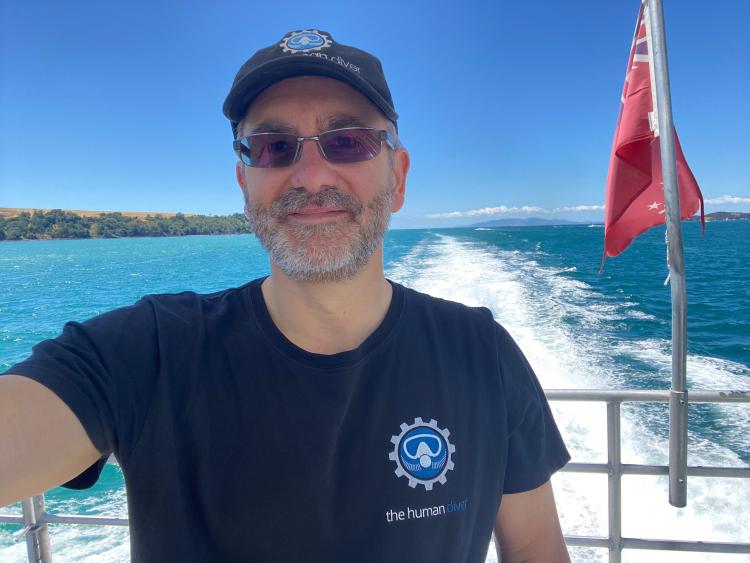Safety Culture - diving in the zone
“Thank [beep] for that! How lucky were we? We better not do that again.
Don’t tell anyone though, we don’t want to look like amateurs...”
Technical Diving & Training
Rebreathers are great pieces of kit that do away with the need to carry an excessive amount of dive cylinders on deeper dives. However, this advantage is offset by the need to also carry additional open circuit cylinders on which a diver can bail out in case of a rebreather malfunction. Using another rebreather could be a better solution and to that end, a bailout rebreather course has been developed.
Buddy Dive Resort is proud to host the 10th edition of this popular event and is looking forward to catching up with friends, learning new things, and exploring new depths.
This year there will be presentations and clinics from Lamar Hires -Dive Rite, Randy Thornton - SubGravity, Frauke Tillmans -DAN, Guy Shockey - GUE, Michael Menduno - Indepth, Gabriel Pineda - Shear water and Didier Draguiv - O’Dive Systems.
Buddy Dive’s Tec Coordinator Mr. G about the 10th Anniversary of Bonaire TeK
Tulum has changed a lot since I was here last, well over 45 years ago. Once a mere dusty village with beach huts, it is now a booming town with a main street full of bars, restaurants and tourist shops.
When one thinks about cave diving, the feelings are mixed and it is very difficult to express what it feels like in a single word, but perhaps a possible description is “to live the discovery.” Discovery is an experience and an intrinsic need in human beings since before the discovery of fire.

The first event of its kind, the conference provides a unique opportunity to share the knowledge and skills to make diving safer, more effective and more enjoyable, by allowing divers and instructors to take more informed risks and reduce uncertainty.
FIRST EVER HUMAN FACTORS IN DIVING CONFERENCE IS LAUNCHED AND PLACES ARE LIMITED
His passing is incredibly unexpected and shocking to everyone who knew him and worked with him.
There are very few people that knew more, or were more passionate about the wrecks and the diving in Chuuk and Bikini. Anyone who dived with him will have felt his infectious enthusiasm. Everyone who dealt directly with him at Master Liveaboards and The Dirty Dozen felt it too.
Freedom! That was the feeling I had in June 2020 when I left my home to go on a trip alone. Caves, abandoned mines, alpine lakes and a few wrecks were in my plan for a great adventure.
Nowadays, more and more recreational divers are coming into contact with technical rebreather divers, perhaps even being buddied up with one on a dive. What follows are some good things for open circuit divers to know about closed circuit rebreathers. Michael Rothschild gives us a quick glimpse into rebreather diving and what one can expect when diving in a mixed team.
One of the most influential texts in diving is entirely rewritten, detailing a new vision for scuba diving with a clearer picture of the theory and practices behind performance diving strategies that support safe, efficient, and fun scuba diving. The new edition is available in English, German, Italian, Spanish, Korean, and Chinese.
The more difficult a wreck is to get to, the more rewarding its discovery, but also the more likely it is that you’ll run into trouble during or after your dive. Challenges become hazards quickly, and many offshore adventures are rife with risk factors that make it more likely that you’ll surface from your dive without a boat in sight.
Whether your charter sprung a leak and became a new dive site or drifted off in search of another diver here’s what you need to know to survive.